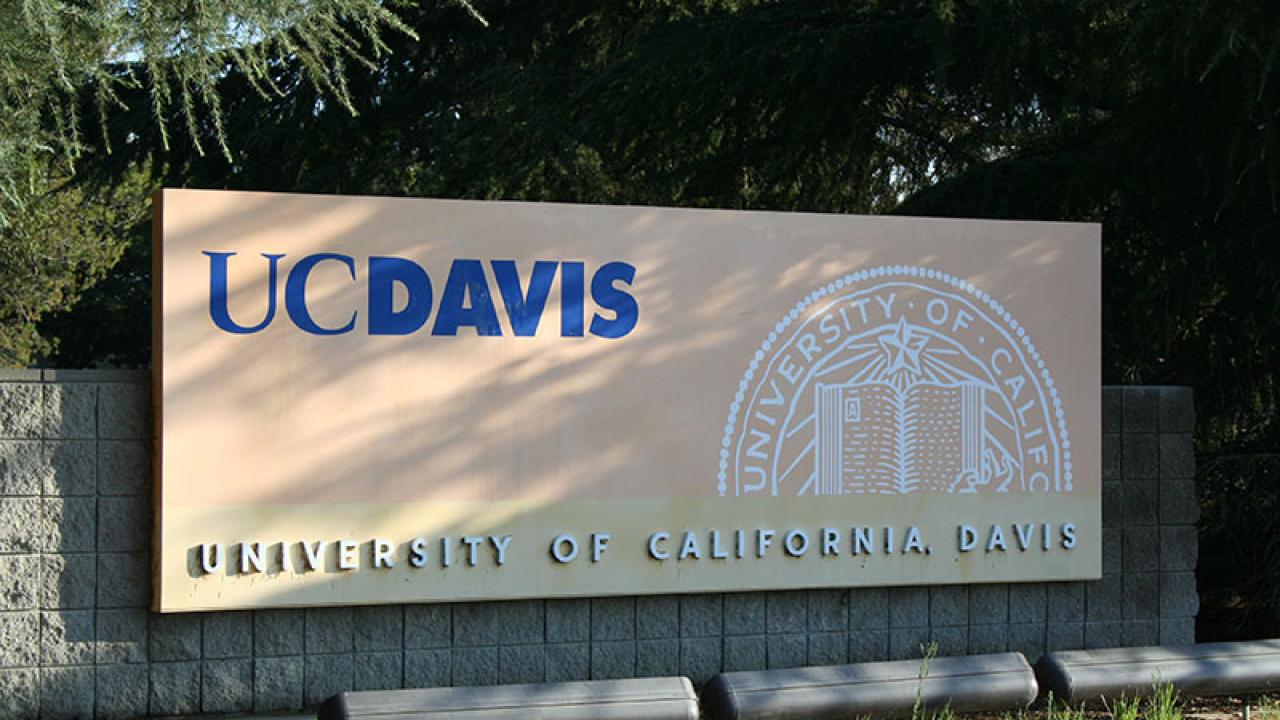7 Tips for Getting Into Your Top College
With the new year upon us, I wanted to highlight some of the most notable trends from 2016 in the college admissions world. It is helpful to understand these developments so as to make informed decisions that are right for you. By being aware of these trends and giving some early thought to how you want your journey to college to unfold, you'll be well positioned to identify the best way forward for you.
Here are some of the most important trends I'm seeing:
- Early is the key word
More highly selective colleges and universities are using Early Decision and Early Action (November deadlines) as a means of admitting a larger percentage of their freshman class. The impact of this for prospective students is that it may be harder to gain admission through the Regular Decision process (January deadlines) if spots are already filled from the earlier selection process. It has been reported that some colleges have recently filled as much as half (!) of their freshmen classes through Early Decision. (If you've got your heart set on the University of California or California State University system, then you have one less thing to worry about—the early deadline option is not available.)
- Spring is in the air
More private colleges are admitting students contingent upon starting in the spring as opposed to the fall. Chapman, Southern Methodist University and Washington University in St. Louis are a few examples. In some cases, the colleges are recommending enrollment in programs to fill that half-year while a student waits to matriculate, such as study abroad or taking transferable college courses elsewhere. These interim options can be very enriching but some also carry a hefty price tag.
- The rise of the "Malia" effect
The interest in gap year programs has risen, in part due to the national attention that has been paid to Malia Obama's plans to postpone her freshman year of college in favor of such a program. I wholeheartedly support students in taking time to find their path. In many European countries and in Australia, taking a gap year is almost a rite of passage. For U.S. students though, I strongly recommend applying to college and then deferring, rather than just stepping out of the whole process for a year. Not all colleges will allow for a deferral—so do your research ahead of time to understand the options available to you.
- Taking advantage of free test prep through Khan Academy
Prepping for standardized tests is hard enough but, on top of that, it can also be expensive. With the revamp of the SAT in March 2016, the College Board also launched a free test prep arrangement with Khan Academy. As the website states, "For the first time ever, the creators of the SAT have given Khan Academy exclusive access and advice to build a personalized practice program for anyone, anywhere." Students now have free and easy access to customized test prep plans to help make their studying more effective, and they're taking full advantage of it. With the opportunity for so many people to be better prepared, we can expect better scores—which may eventually impact what's considered a "competitive" score at a given school.
- More test-optional schools
Another positive step related to standardized tests is that there are more and more four-year colleges and universities adopting test-optional and/or test-flexible admissions policies. Over the years I have been a college adviser, I have watched many schools adopt this approach: American University, George Washington, and this year, the University of Delaware and Austin College, as well. According to an analysis of U.S. News & World Report rankings, half of the top 100 national liberal arts colleges now have test-optional or test-flexible policies. Check out Fair Test for a list of these colleges and universities.
- Demonstrated interest is increasingly important
Private colleges and universities are paying closer attention to "demonstrated interest." Students can show this interest by touring, signing up to receive information from college websites, and attending college information nights, just to give a few examples. By demonstrating interest to a college a student can set themselves apart as an applicant who has not only done their homework, but also has a higher probability of accepting if given an offer. Colleges and universities closely watch their yield (percentage of students who are admitted who then choose to accept). These sorts of activities may help with admission, so be prepared to show your interest.
- Waitlists are par for the course
Nowadays it is a common practice for students to be placed on waitlists as colleges and universities work to maximize enrollments. And who can blame them? When students on average apply to 8-12 schools, it is hard for a college to know if they will be the school that the prospective student chooses to attend. With this in mind, if you are placed on a waitlist, be ready to opt in and follow the instructions. Also, be proactive. Contact the admissions office and ask if you may be permitted to submit additional information to bolster your case. Additional test scores, letters of recommendation or class assignments may offer a clearer picture of your academic potential and therefore increase your chance of being admitted off the waitlist. So if you're waitlisted at your dream school, don't give up; instead, give some extra effort. It may make all the difference.
That's the college admissions landscape I'm seeing and, through the UC Davis Pre-College Program, I'm looking forward to helping you navigate it. I hope your new year gets off to a great start—and that your summer might include a few weeks in Davis!
Portions of this post have been published previously in The Davis Enterprise, for which Jennifer Borenstein writes a monthly column, "College Corner."Primary Category
